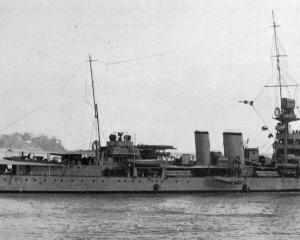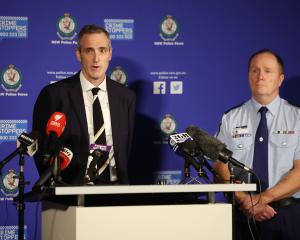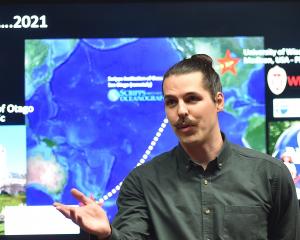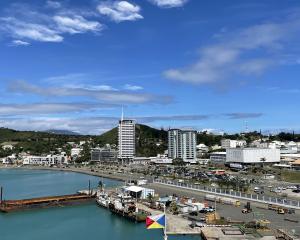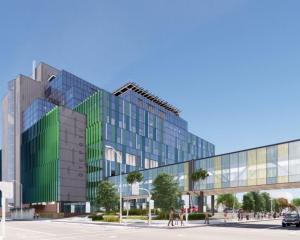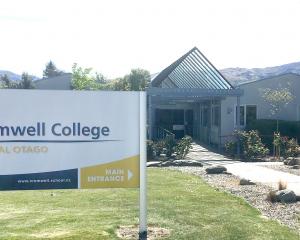
The council has prepared a submission in response to the government’s draft policy statement on land transport.
Although the council strongly supported the statement’s identification of the "Queenstown Package" and "Queenstown Transport Connections" as major transport projects, it felt it "should better recognise the [district’s] significance to the Aotearoa New Zealand economy and make commensurate investment".
"The QLD has an average daily population of 71,920 (visitors and residents) and a peak daily population of 114,790.
"The district is experiencing unprecedented growth with its population projected to nearly double over the next 30 years, and is also one of Aotearoa New Zealand’s premier visitor destinations."
This growth had led to "affordability constraints", which had created "significant pressure on the district’s transport network", the submission said.
"Because of geographical limitations due to its alpine environment, the transport network in the QLD cannot be significantly increased.
"Accordingly, the network must be utilised more efficiently to transport an increasing number of people and goods."
The submission said this meant there needed to be more investment into the public transport network, along with a broader strategy of "discouraging single-occupancy private motor vehicles, and encouraging commuting outside peak periods".
The government’s policy statement was also "heavily weighted" to North Island cities, the submission said.
"Although the QLD has the population of a small city, the economic activity driven by the district’s tourism industry and its continued growth makes it more akin to a metro centre ... Overall, congestion, increases in travel time, and decreases in reliability and resilience of the QLD transport network will adversely impact the economic growth and productivity of the QLD, the wider region, and the nation."
Public transport usage in the district had shown significant growth recently, and was now about 30% above pre-Covid levels.
This needed to continue, the council said, and it was "concerned that a focus on investing in roading at the expense of public transport and active travel is at odds with improving access to land for housing growth".
"Best practice land use and transport planning identifies that investment in walking, cycling or public transport will deliver better social and economic outcomes, including better access to housing."
The government’s policy statement suggested the tolling of roads could help pay for some of the investment in new roads.
Although the QLDC supported the idea "in principle", it asked the government to consider the high cost of living, and the low number of residents to high number of visitors ratio.
The government is seeking feedback on its draft policy statement for land transport.
The final government policy statement will come into effect by July.

